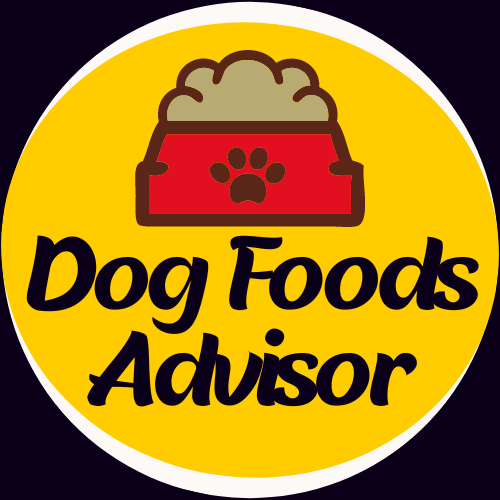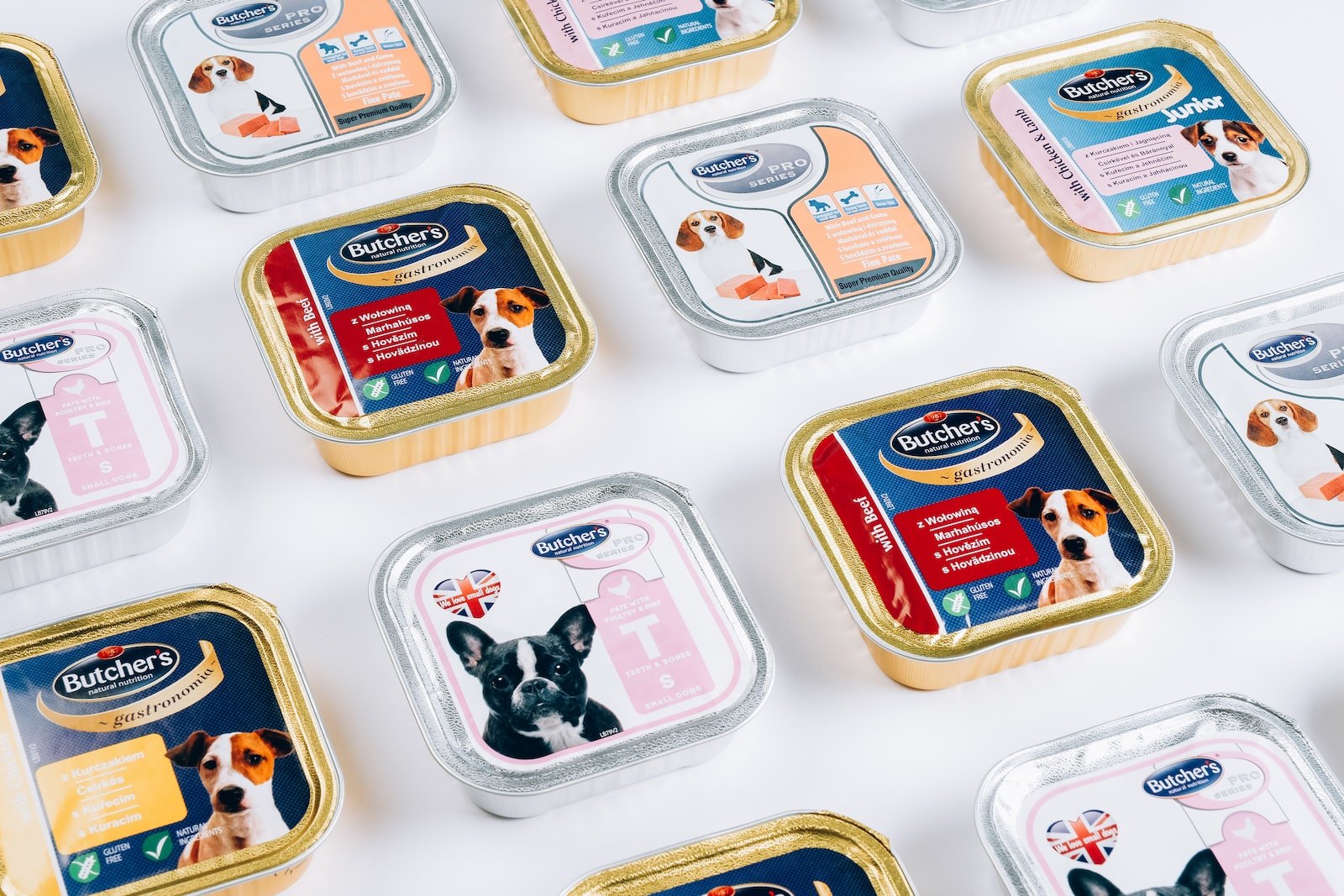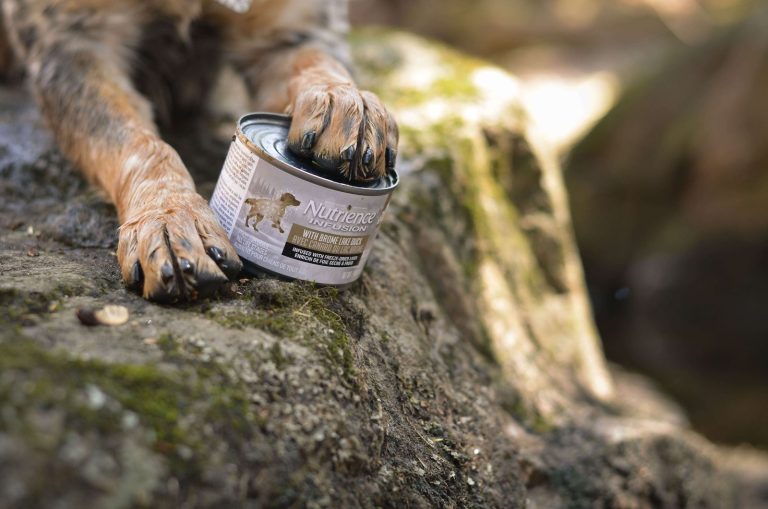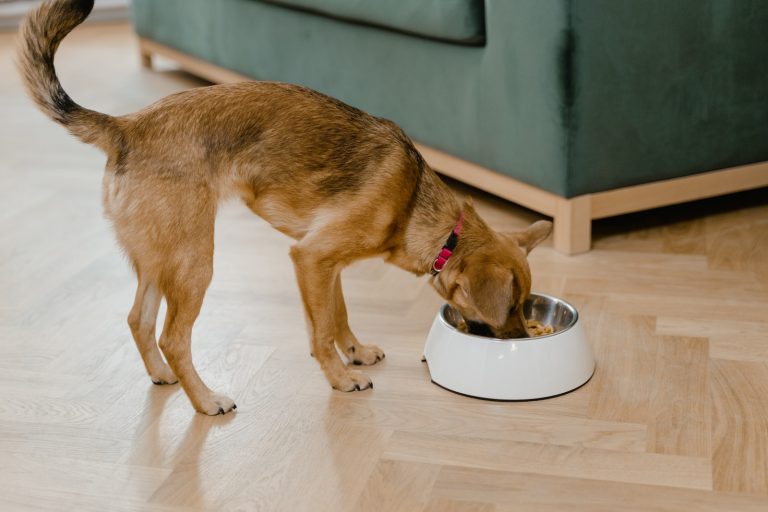Importance of reading the label on your dog’s wet food
As dog parents, we all want what’s best for our furry friends. From their kibble to their collar, every aspect of their lives is important! However, if there’s one thing that often gets overlooked in terms of proper care and attention – it’s the label on your dog’s wet food.
Sure, you may think you know what ingredients are in your pup’s favorite brand, but have you ever really read the label? We’re here to explain just how crucial this information can be when it comes to keeping your pooch healthy and happy!
Table of Contents
- What is in Wet Dog Food?
- Why You Should Read the Label
- Knowing What to Look for on the Label
- Benefits of Reading the Label on Wet Dog Food
- Tips & Tricks for Reading Labels
- Alternatives to Store Bought Wet Dog Foods
What is in Wet Dog Food?
Wet dog food is designed to provide complete and balanced nutrition for dogs. Many commercial wet dog foods contain meat, poultry, and/or fish as the primary source of calories. Wet dog foods also typically contain other essential ingredients, such as fiber and moisture retention agents.
Some common ingredients in wet dog foods include:
- Meat (beef, chicken, lamb)
- Poultry (chicken, turkey)
- Fish (salmon, tuna)
- Vegetables (carrots, potatoes)
- Fiber (oat bran, peas)
- Moisture retentive agents (ethyl cellulose, water soluble soybean protein)
Why You Should Read the Label
Reading the label on your dog’s wet food is important for a few reasons.
First, you want to make sure the food you are giving your dog is fresh and of high quality.
Second, if the food contains any artificial flavors or colors, you want to avoid giving your dog those extras.
Finally, some foods may have binders or thickeners in them that can be harmful if ingested in large quantities. By reading the label, you can be sure that all of the ingredients in your dog’s food are safe and appropriate for them.
Knowing What to Look for on the Label
Reading the label on your dog’s wet food is important for a few reasons. First, it can help you to make sure that you are feeding your dog the right type of food. Second, it can give you information about the ingredients in the food, which can help you to decide if you want to feed your dog this food or something else. Finally, reading the label can help you to choose a wet food that is healthy for your dog.
The first thing to consider when reading the label on a wet food is the type of diet that the food is intended for. Wet foods are typically divided into two categories – kibble and canned diets. Kibble diets are made up of small pieces of dry matter that your dog will easily digest. Canned diets are made up of chunks of meat or other ingredients that have been cooked and then sealed in a can.
The next thing to look for on a wet food label is the number of calories it contains. A dish formulated as a kibble diet should have around 100-300 calories per serving, while cans may range from 100-600 calories per serving. Many companies now make low calorie versions of their regular wet foods as well.
The next item to consider on a wet food label is whether or not it contains any grains or by-products . Grains can be problematic for some dogs because they can cause gas and bloating, and they also tend to be high in sugar . By-products also contain grains , so it is important to read the label carefully to make sure that your dog is getting the right type of nutrition from his food.
Finally, you should look for ingredients that are good for your dog. Some examples of healthy ingredients in a wet food include fresh fruits and vegetables, meat, poultry, and fish. There are also many wet foods that contain natural flavors and antioxidant vitamins .
Benefits of Reading the Label on Wet Dog Food
Reading the label on wet dog food is an important part of caring for your dog. The labels will tell you what ingredients are in the food, how well it’s made, and any possible dangers. Wet dog food is a high-fat food, so make sure to choose a brand that uses quality ingredients. Some of the benefits of feeding your dog wet food include:
- Improved coat health – Eating wet food can improve coat quality, especially if your dog has been struggling with dry skin or hair.
- Eating wet food can improve coat quality, especially if your dog has been struggling with dry skin or hair. Increased energy levels – A high-fat diet will provide your dog with more energy than a low-fat diet.
- A high-fat diet will provide your dog with more energy than a low-fat diet. Reduced risk of health problems – Eating wet food can help reduce the risk of health problems like diabetes, hypoglycemia, and obesity.
Tips & Tricks for Reading Labels
If you’re like most dog owners, you probably feed your pup wet food at least once a day. But before you reach for the kibble, make sure to read the label. This is especially important if your pet’s diet is made up mostly of wet food.
Here are some tips to help you read labels on wet dog foods:
- Always check the ingredient list. This is where you’ll find all of the key info about what’s in your dog’s dish. Make sure that the ingredients are 100% dog-food compatible and that they’re listed in order of weight (most likely, the first ingredient will be the heaviest).
- Beware of hidden flavors and colors. Many wet foods contain artificial sweeteners or other additives that can be harmful to your pet’s health if ingested in high doses. Plus, many colors and flavorings used in dry foods can also be problematic when mixed with water – some brands even use bold, potentially harmful colorings like red pepper flakes! So, take a close look at any suspicious ingredients before feeding them to Fido.
- Check for nutrition facts. Contrary to popular belief, wet food doesn’t necessarily have to be low-calorie – as long as it meets your pup’s nutritional needs (i.e., contains enough protein and fiber). Be sure to glance at the calorie count as well as the number of vitamins and minerals present; both numbers will give you an idea of how much extra calories you’re giving your dog.
- Read the ingredients list for a “animal-based” food if your pup is prone to allergies. Many wet foods are made up of ingredients like chicken, duck, or lamb – which can cause an allergic reaction in some dogs. So, if you’re not sure if a given food is suitable for Fido, take a look at the ingredient list first to see if there’s anything that might set off his allergies.
- Make sure the dish is clean before serving. Dirty wet foods can cause bacteria to grow and create health problems for both you and your pup. So, make sure to give your dog’s dish a quick swipe down with a wet cloth before feeding him – this will help keep his food clean and fresh.
Alternatives to Store Bought Wet Dog Foods
When it comes to feeding your dog wet food, there are a number of alternatives available that you can choose from. You can make your own food, find foods specifically designed for senior dogs or canine epilepsy patients, or purchase store bought wet dog foods. There are some important things to consider when choosing a wet food for your dog, and reading the label is essential.
Store bought wet dog foods come in a variety of flavors and textures, and many contain grains, meat by-products or artificial colors. When choosing a store bought food, make sure to read the ingredients list closely and look for foods that are low in sugar and contains only essential nutrients.
If you’re brave enough to make your own wet dog food recipe, keep in mind that all ingredients should be fresh and easily digestible. You also want to avoid making overly complicated recipes that may be too challenging for your pup to eat.
If diet is not an issue for you and you just want to give your pup something special every once in a while, then consider buying treats made with real meat as opposed to processed meats like hot dogs or bacon.
Fresh produce is also a great option if you’re looking for something different than what the grocery store has to offer. Try slicing up some fruits or vegetables into small pieces so they’ll be more appetizing for your pup – pigs love veggies!
Conclusion
It is always important to read the label on your dog’s wet food, as ingredients can vary greatly. Some common ingredients in wet food include grains, legumes, soy, chicken by-products and dairy products. While most of these are safe for dogs to eat, it is always important to speak with your veterinarian before giving your pooch a new diet.
By understanding what is in your dog’s food and making sure that all of the ingredients are appropriate for his breed and age, you can ensure a healthy diet and happy pup.





